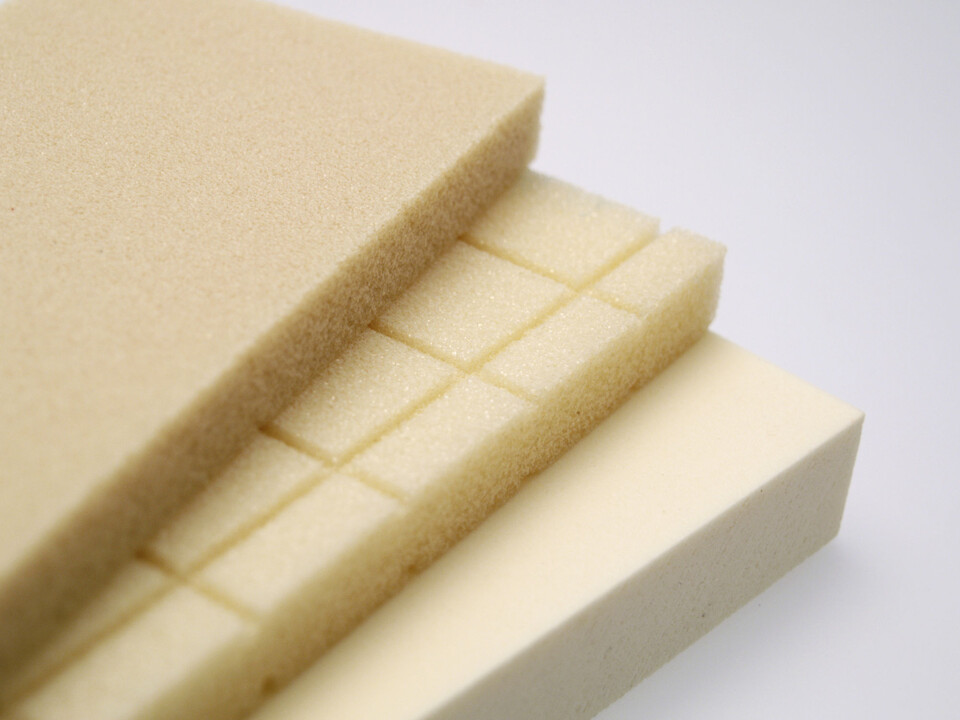
Core Materials: Provide the Bbackbone Of Many Modern Building Products, From Roofs to Superstructures
Core Materials, often called core compounds, provide the backbone of many modern building products, from roofs to superstructures. Some of those materials deliver superior fire retardant, thermal performance, dimensional stability, and sound insulation. The most popular closed-cell foams used in core materials include polyurethane (or PU), something with multiple benefits. Core materials will be the fundamental building blocks of modern aircraft, spacecraft, space vehicles, automobiles, robots, trucks, industrial equipment, and a number of other applications. They are generally produced from high-quality lightweight alloys of aluminum, tin, steel, magnesium, as well as titanium. They are used both in aerospace and commercial applications for their strength, stiffness, and lightweight properties.
One of many best-performing Core Materials available is medium to low density (30-60 pounds per cubic feet) closed-cell foam. These are actually a few of the more affordable polymer composites which are used extensively in modern-day buildings: PVC (or polyvinyl chloride) and polyisocyanurate are two examples. Closed-cell foams, by which cells are designed in exactly the same factory as the rest of a construction's product, have already been employed for decades in everything from roofing shingles and tires to marine engines and aircraft surfaces. This material's wide variety of applications ensures that it could be adapted to just about any construction use.
Another well-known and versatile Core Materials is thermoplastic polyurethane or PTU. Thermoplastic is a composite material that delivers high tensile strength and dimensional stability, along with excellent resistance to moisture. Thermoplastic, used in roofing membranes along with a wide variety of other applications, may be used as framing layers, flooring materials, liner and sealant applications, and even as reinforcement in reinforced concrete.
Commercial uses are growing, but unlike military applications, commercial projects tend to target on lightweight, flexible designs that may be used in a wide selection of end-use industries. This means that although core materials are primarily selected for use in commercial projects, in addition they play a significant role in the aerospace and defense industry as well.
Exactly why is Core Materials gaining popularity? Another reason that core materials are seeing this type of sharp upsurge in sales within the last decade is they have become an increasingly common alternative to high tensile steel in applications beyond aerospace and automotive. For instance, there are an estimated 2-3 times as numerous cores as you will find high tensile steel rings. The reason for that is that high tensile steel is generally not as durable or resilient as numerous other composites, especially as it pertains to applications that need strength and durability.
Core Materials such as PVC foam and balsa wood are making their way into every industry that exists. For instance, just about any kind of airframe or missile system that's currently being used uses some sort of material that consists of one or more of those compounds. An excellent example of that is the usage of balsa wood in airbags and cushions for trucks. Even without the usage of such lightweight plastic, such items can still provide exceptional support and much-needed shock absorption. Many manufacturers have even begun using these core materials for use in their very own line of recreational vehicles to further reduce weight.